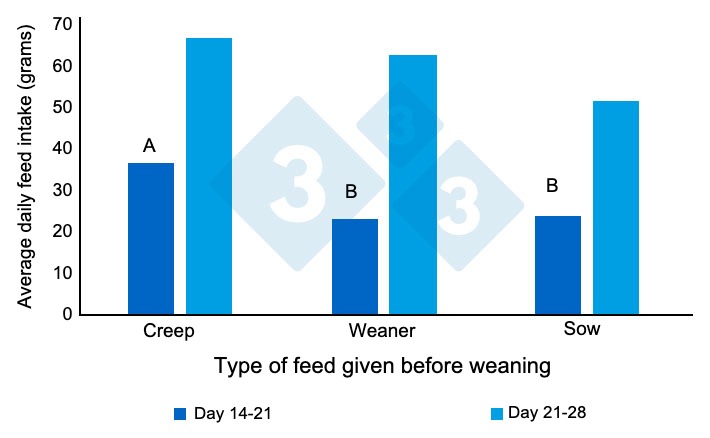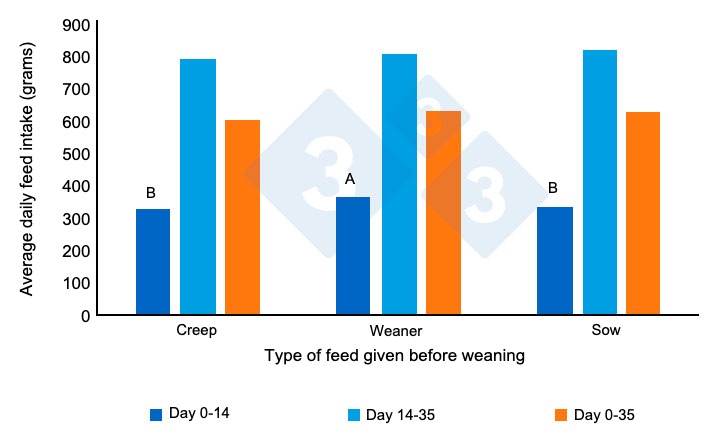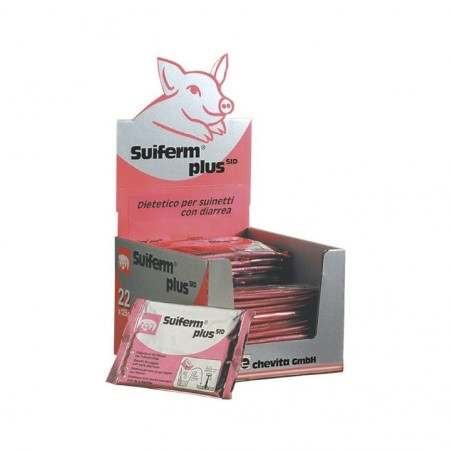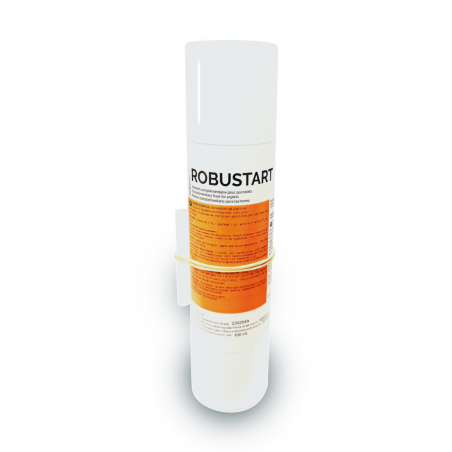The dietary transition from mainly sow’s milk to solely solid feed is one of the important stressors at weaning in commercial pig husbandry, contributing to the “post-weaning dip” and the deterioration of the gastrointestinal tract post-weaning. The aim of creep feed provision is to improve post-weaning piglet performance, by habituating piglets to solid feed prior to weaning, while effects on pre-weaning production parameters may remain marginal.
The effects of creep feed provision on gut development have been reviewed extensively but conclusions remain ambiguous, particularly regarding the effects of creep feed on diarrhoea incidence post-weaning. Authors agree that the effects of creep feed on gut (microbiota) development and indirectly on post-weaning diarrhoea are likely dependent on the provision age, the dietary and nutrient composition of the creep feed, and the intake level. The latter becomes clear from the fact that the effects of creep feed on piglet performance are mainly pronounced in piglets that consume the creep feed (i.e. eaters), and particularly in those that consume relatively large amounts. Therefore, there is more consensus that in the absence of pharmacological levels of ZnO and with the pressure to reduce antimicrobial usage it is of great importance to prepare the piglets pre-weaning for a successful post-weaning period.

From recent work we also understood that especially in the situation that weaning age is above 24 days old we need to keep the same diet around weaning in order to prevent the “post-weaning dip”. We call this diet the transition weaner diet and the main objective of this diet should be to promote feed intake post-weaning while keeping the piglets healthy without the need for treating them for post-weaning diarrhoea. When the creep feed is largely different from the post-weaning diet, piglets may not adjust to the post-weaning diet, although high creep feed intakes may have been achieved pre-weaning.
This has been shown by the Australian group of Heo et al. (2018) in which piglets were either given creep feed, a weaner diet or a sow diet pre-weaning next to suckling the sow, but post-weaning they all received the weaner diet that some litters already received pre-weaning. Litters that were fed creep feed pre-weaning had the highest total feed intake pre-weaning, though with a similar number of eaters, compared with the other two treatments (Figure 1).

In the first two weeks post-weaning, however, piglets that were fed the weaner diet pre- and post-weaning had a higher post-weaning feed intake than the other two groups, and a higher post-weaning body weight gain than the creep feed group (Figure 2.). Interestingly, the sow diet group had an intermediate body weight gain in the first two weeks post-weaning, and an improved feed efficiency between week 2 and 5 post-weaning compared with the other two dietary treatment groups. Besides, authors also reported significant differences at day 4 post-weaning in the villus height and crypt depth in the duodenum and ileum, respectively. This study therefore suggested that feeding strategies pre-weaning can also influence the gut architecture and functionality post-weaning.

Together, these results may suggest that the similarity between the pre- and post-weaning diet composition is more important for post-weaning performance, than the absolute intake level of solid feed pre-weaning. It can be expected that in the coming years more research will focus on such a transition weaner diet in order to better understand the composition of this diet, the nutrient level as well as the presentation of the diet for optimal feed intake levels. For piglets weaned around 30 days old we know it is possible to achieve a cumulative pre-weaning feed intake of 1 kg per piglet. If we can realize this in 100% of the piglets that we wean, then we could be satisfied!






